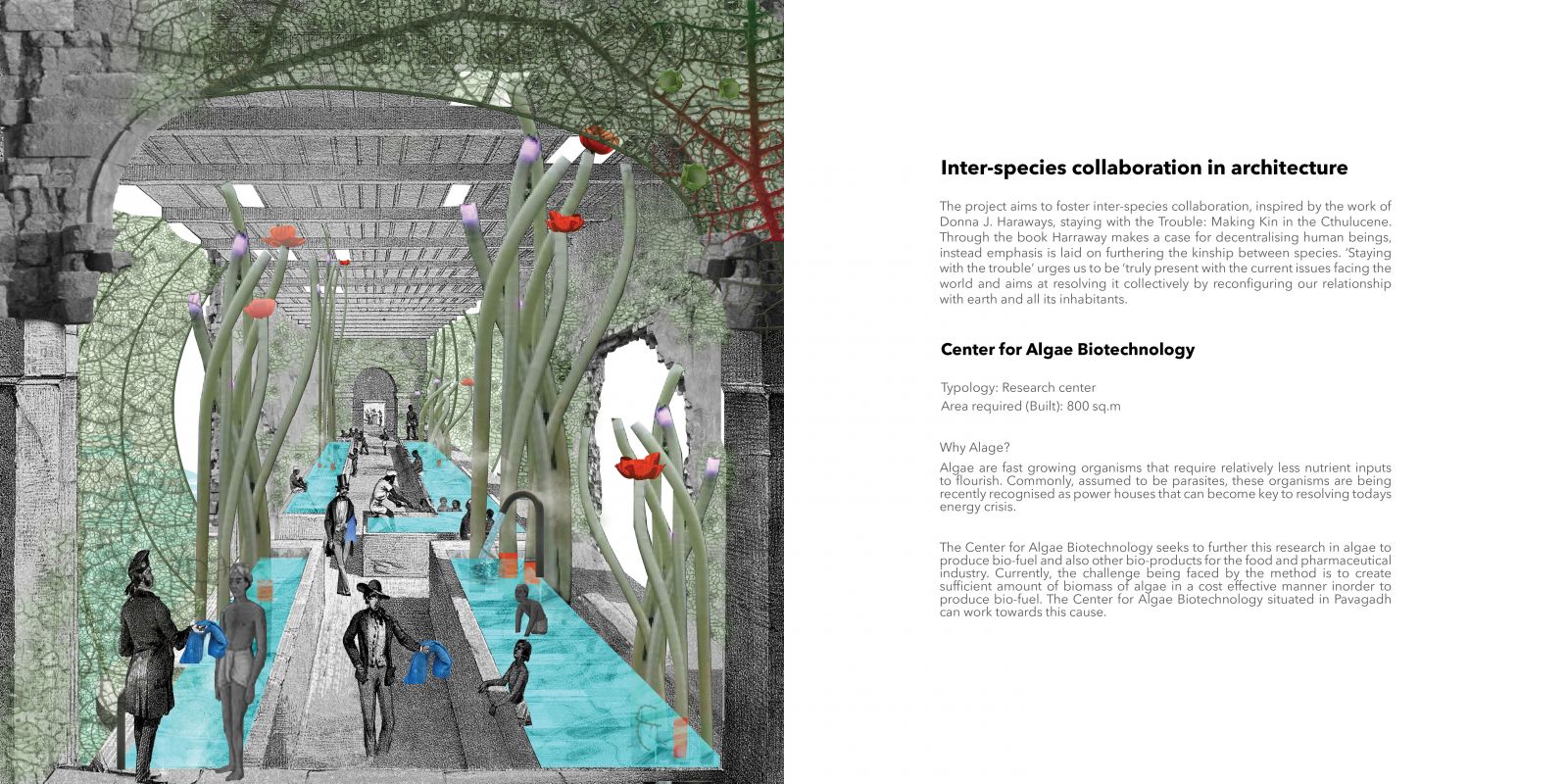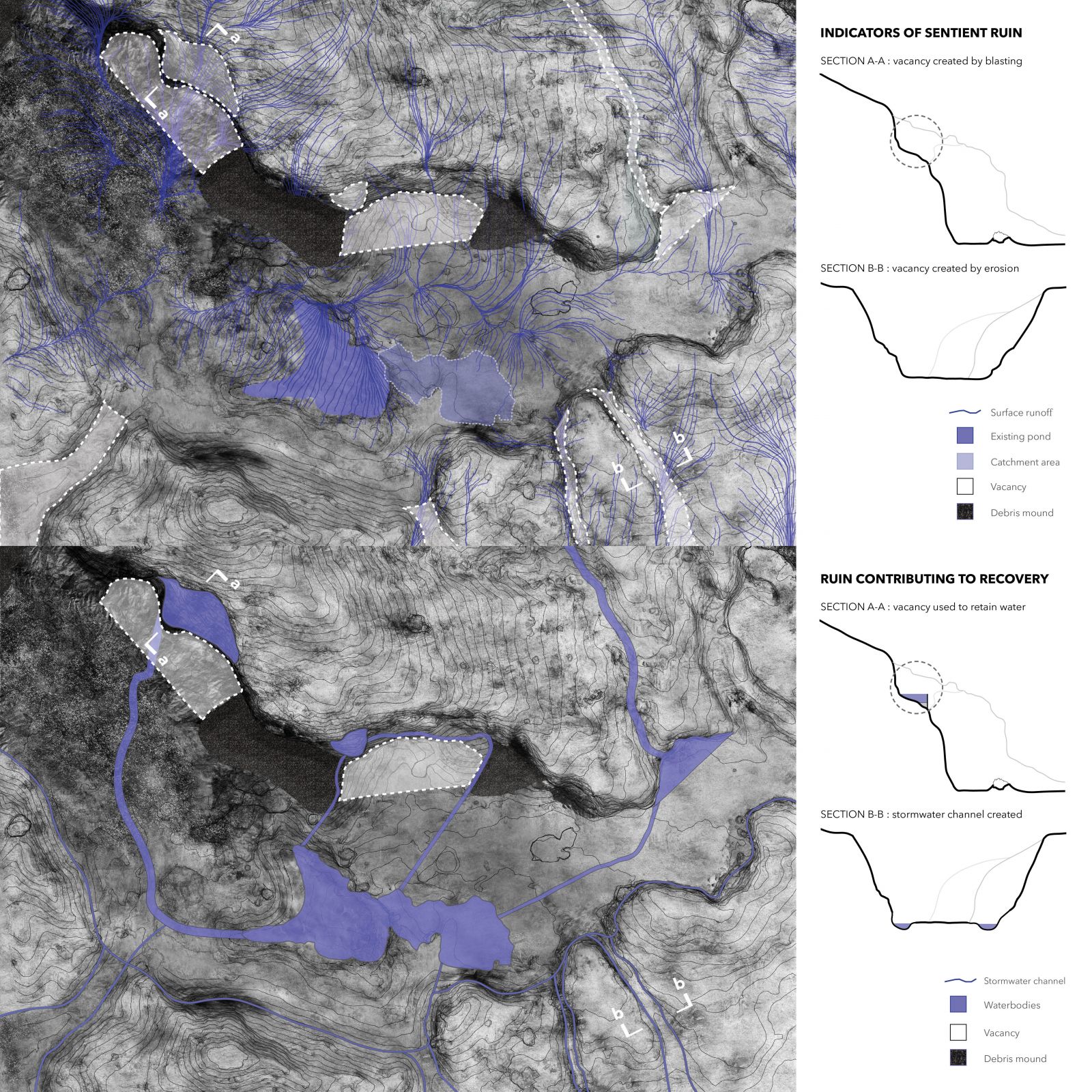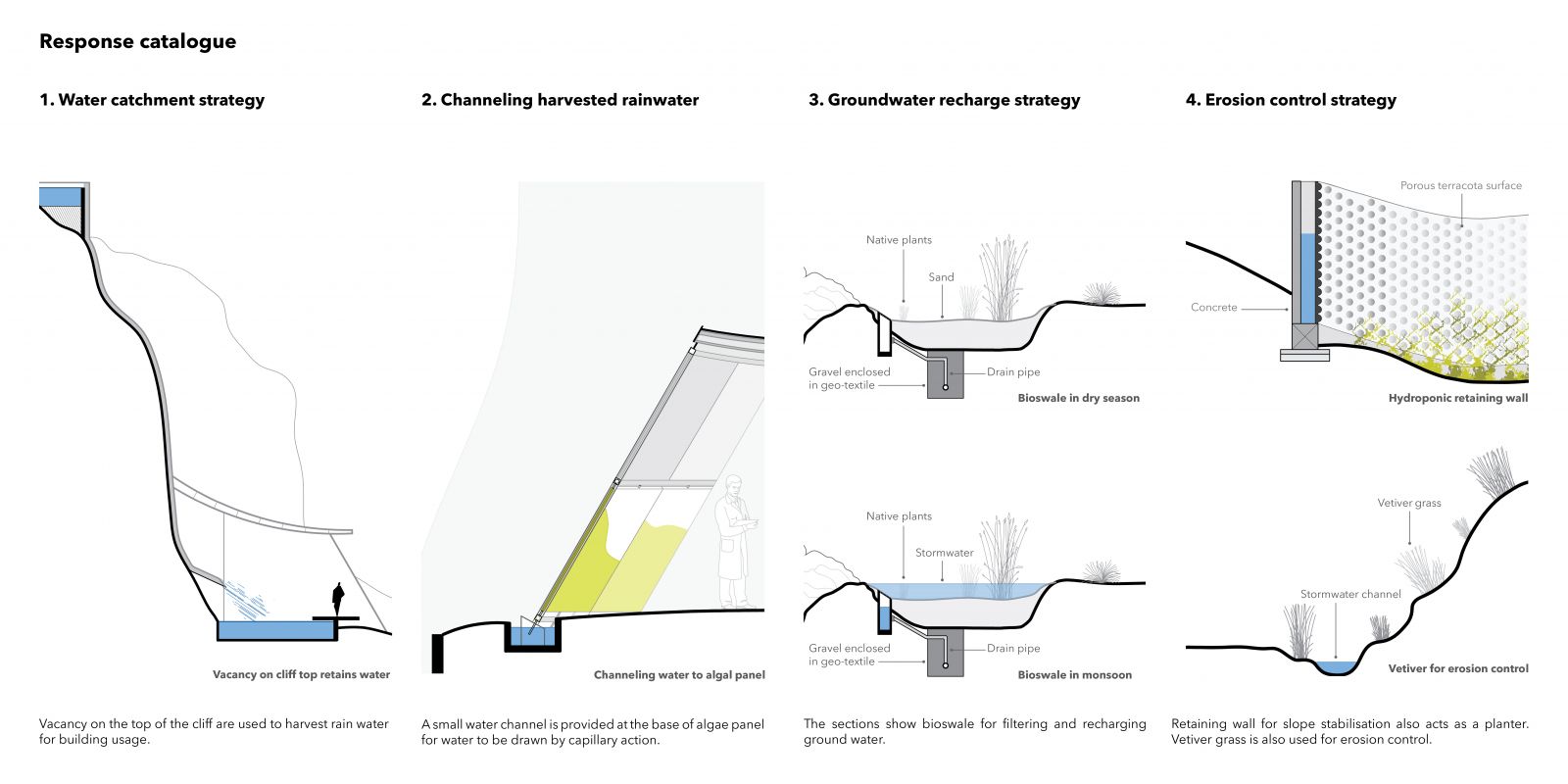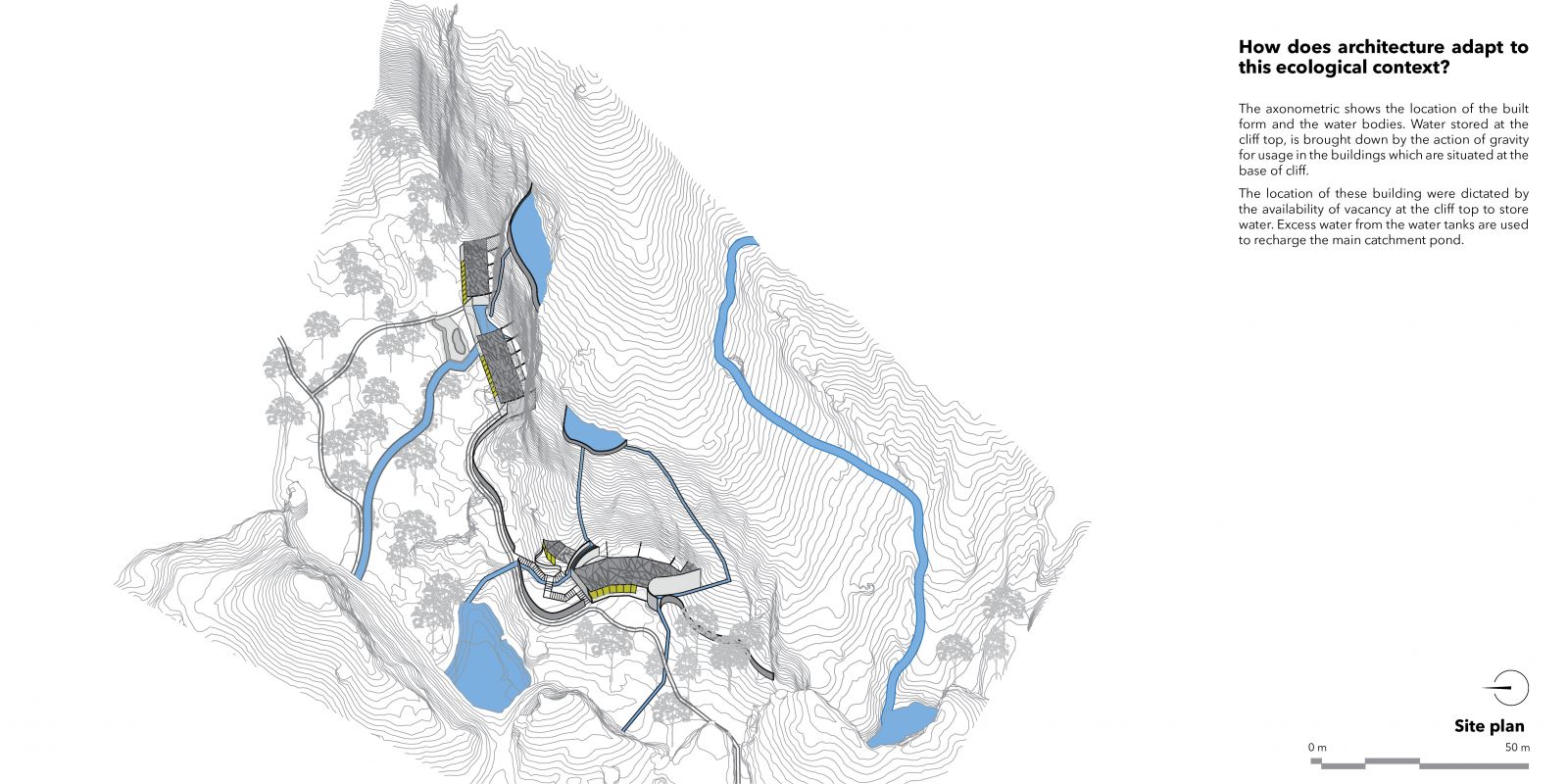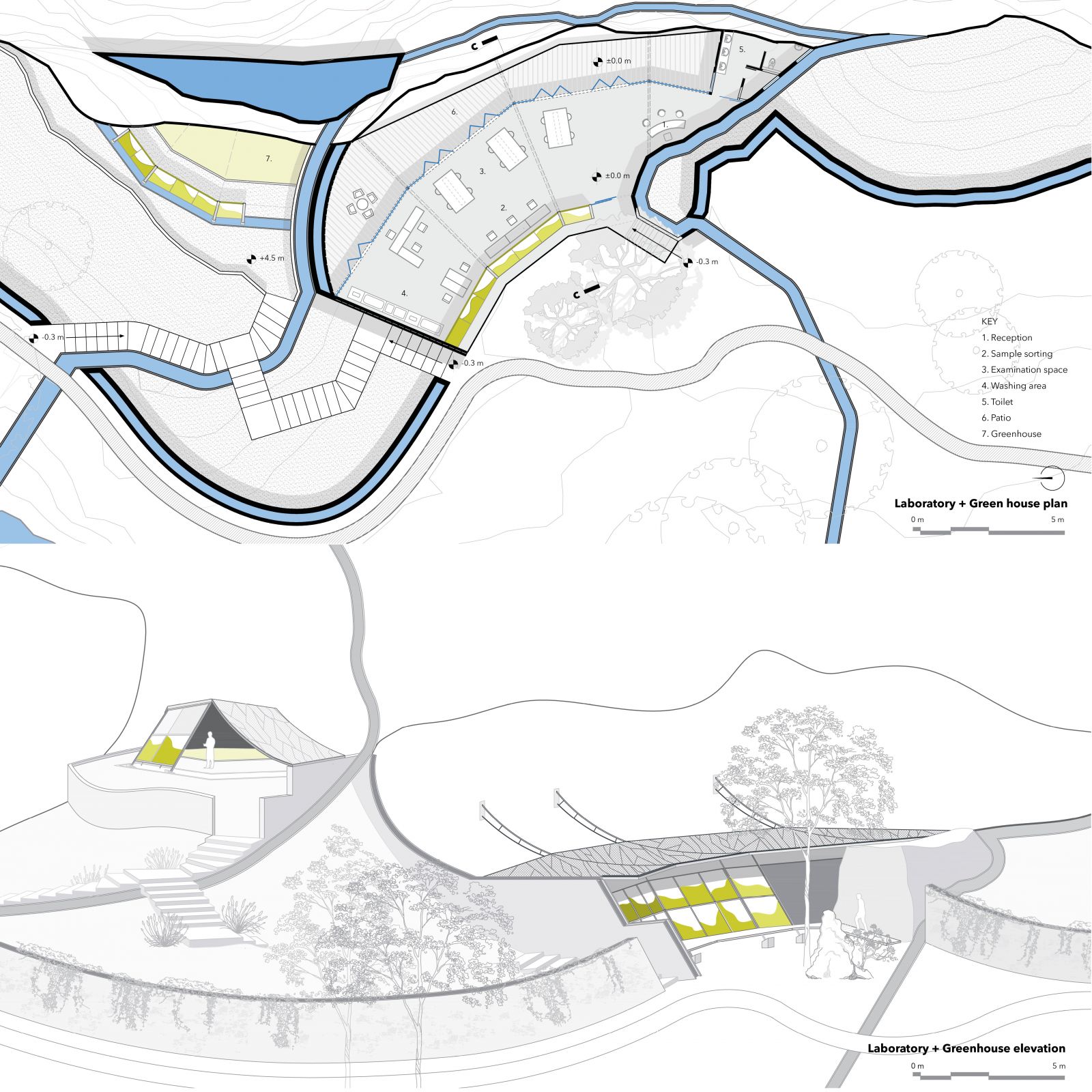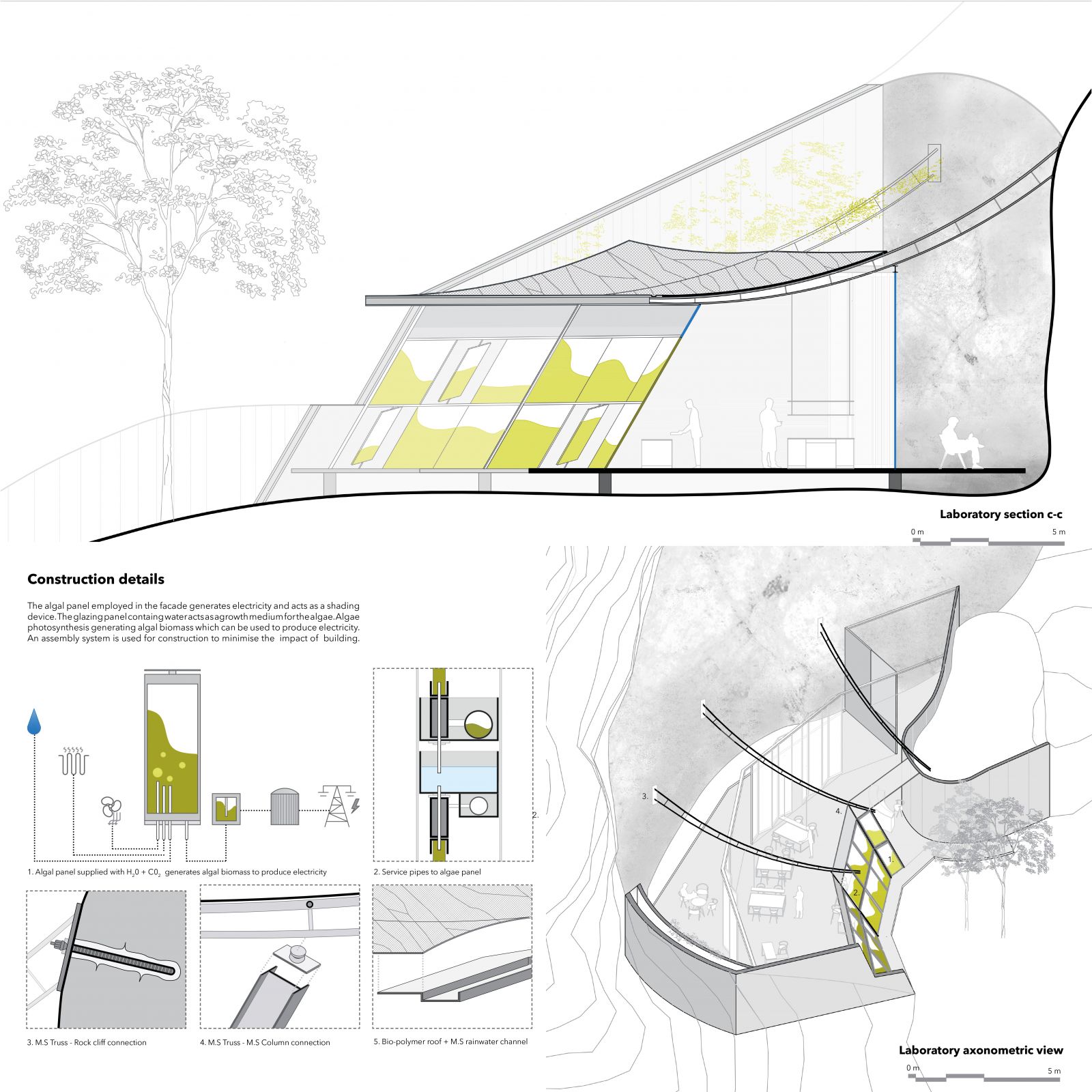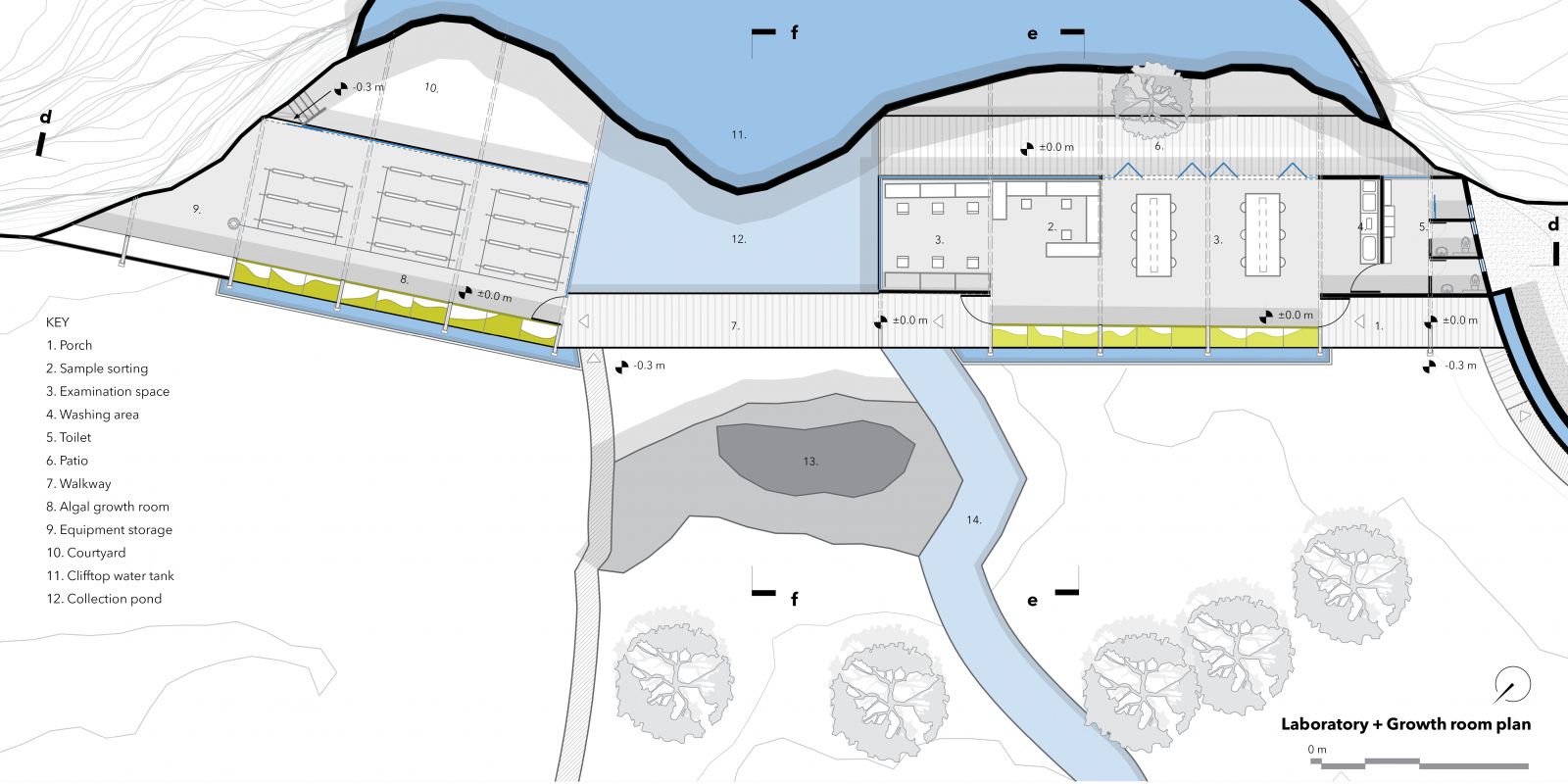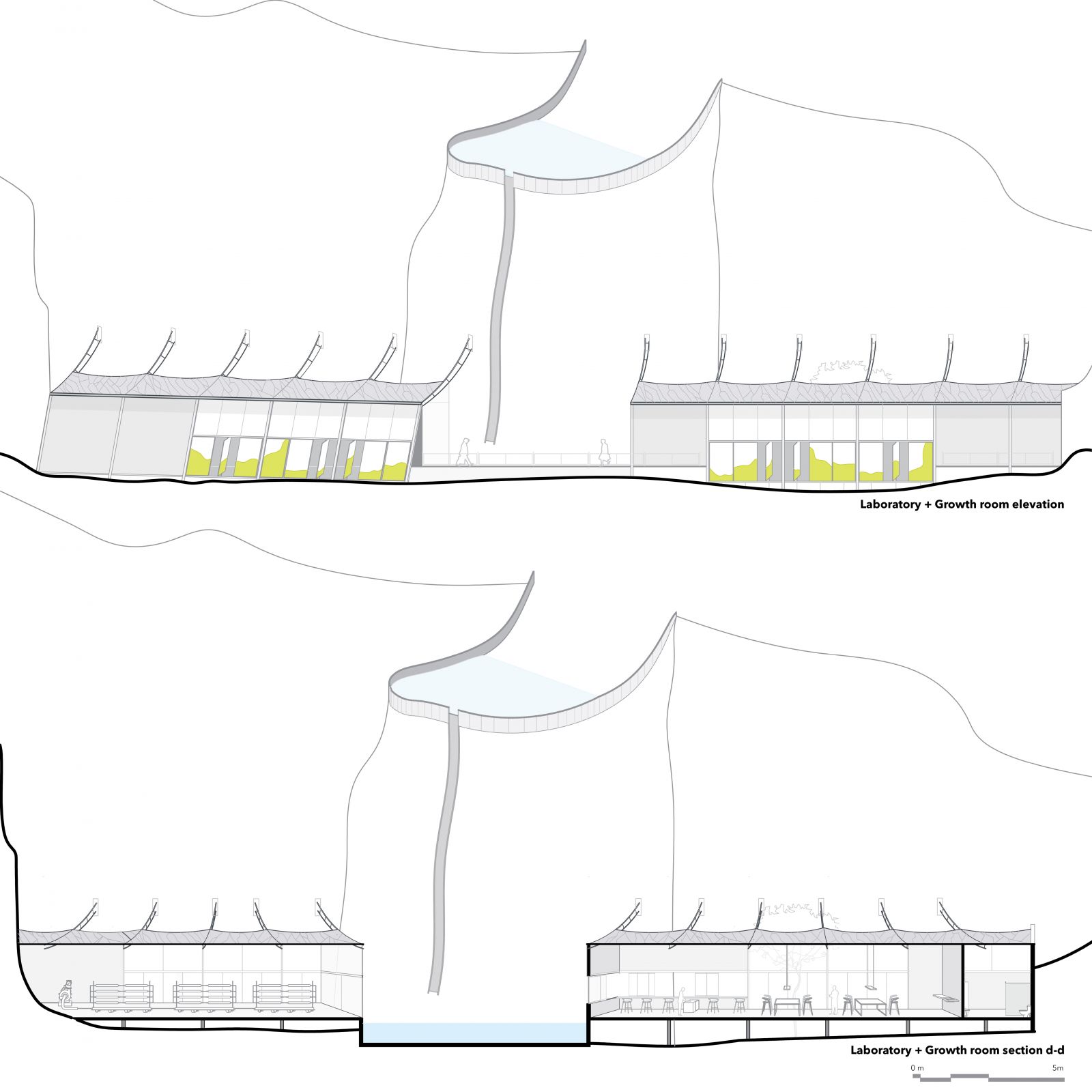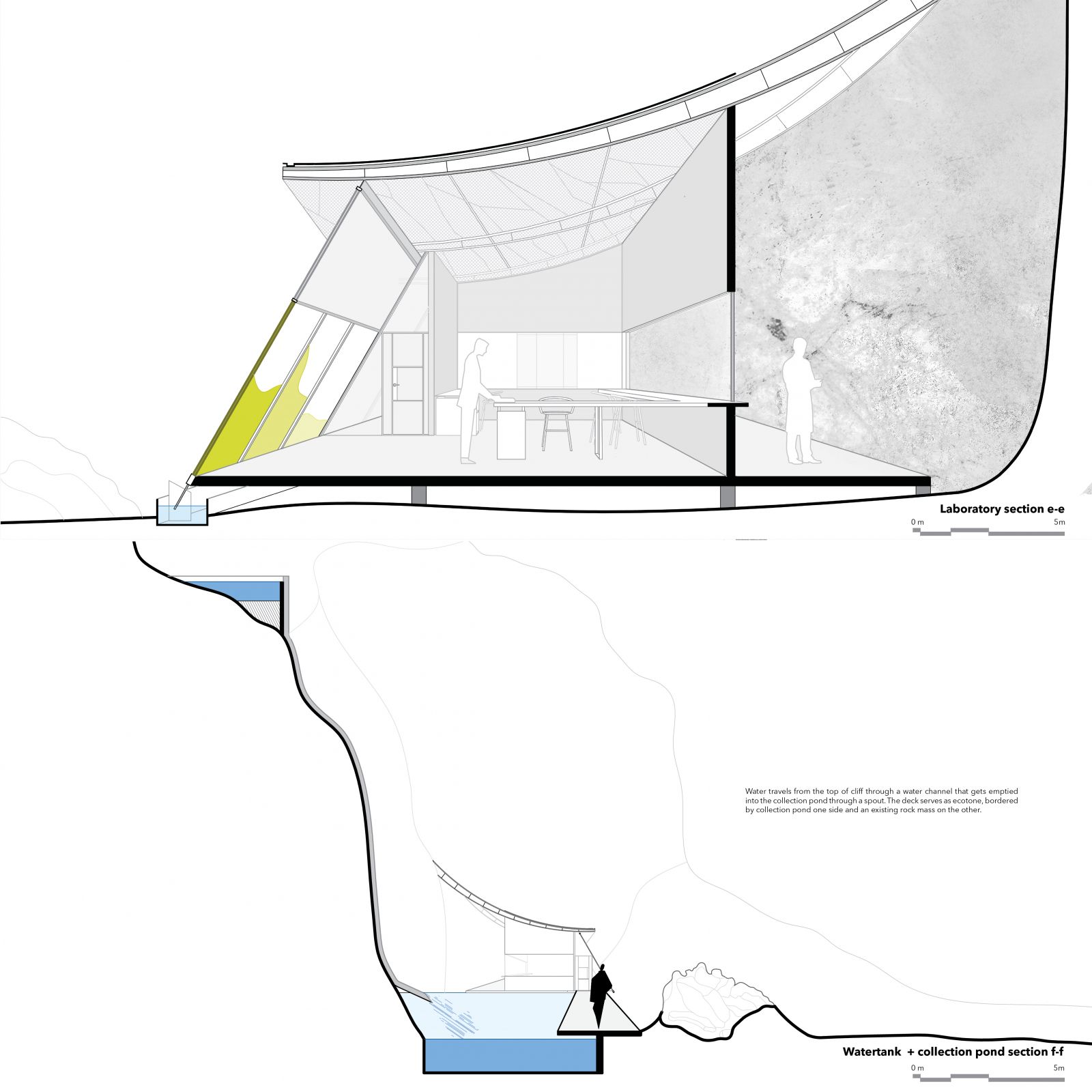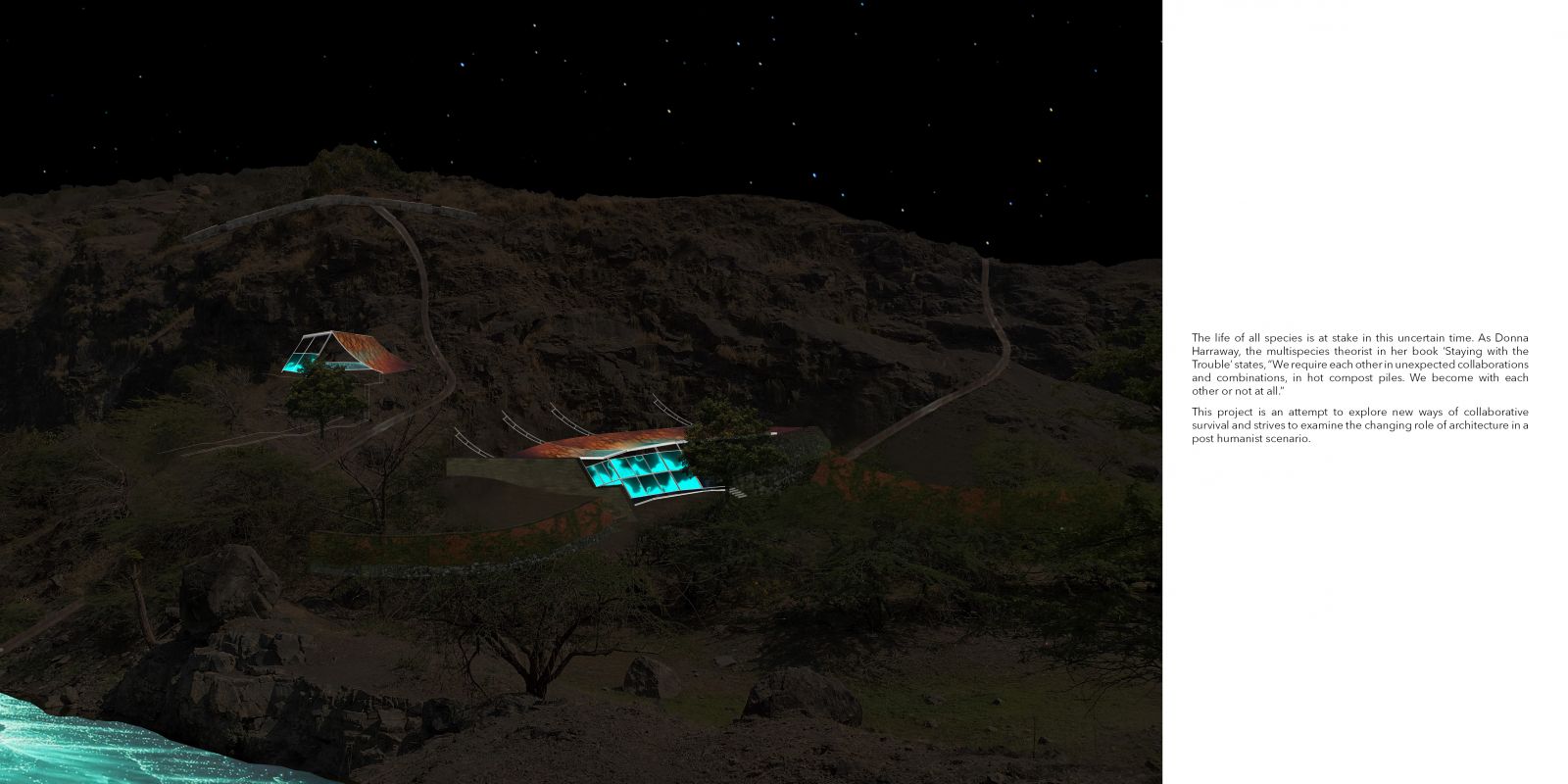Your browser is out-of-date!
For a richer surfing experience on our website, please update your browser. Update my browser now!
For a richer surfing experience on our website, please update your browser. Update my browser now!
The studio is part of the post humanist discourse which de-centralizes architecture, instead emphasis is laid on the relationship between various entities, both organic and in-organic. The project chosen is an ecological recovery of an abandoned basalt quarry situated in Champaneer Pavagadh. The foundation of the studio is based on the work of multi species theorists Donna J. Harraway (Staying with the Trouble: Making Kin in the Cthulucene) and Anna Tsing (The Mushroom at the End of the World). Harraway urges us to embrace the challenges faced by today’s world and aim to resolve it collectively by fostering collaboration between various species. How can architecture play a role here?
View Additional Work